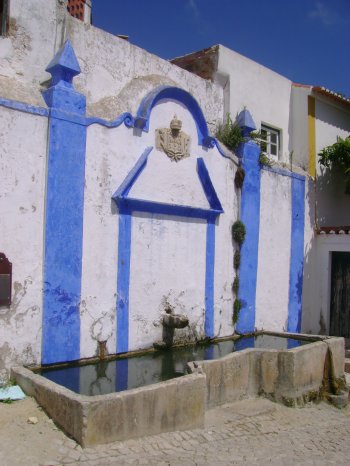Explore the best places
Discover new places in Óbidos
Capela de São Paulo / Capela Funerária do Prior Francisco de Azevedo Caminha
- heritage
Praça de Santa Maria
2510-002, Vila de Óbidos
Protobarroca funerary chapel built in 1696\/97. Here is the sepulchre of the Prior Francisco de Azevedo Walks, one of the pastors of the Church of Santa Maria that more works done inside. In the interior, especially the tile attributed to Gabriel del Barco, dated from 1676.
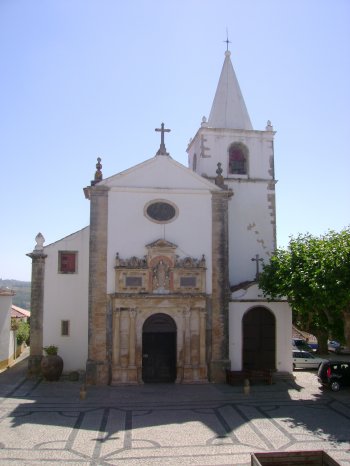
Capela de São Martinho
- heritage
Largo de São Pedro
2510-086, Vila de Óbidos
Temple built in the 14th century, has an ogival door with three archivolts and capitals decorated. Abroad, there are two graves where it is still possible to see heraldic symbols.
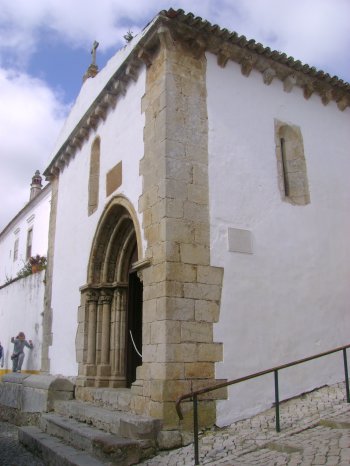
Capela de São Brás / Capela de Santo António
- heritage
Largo de Santo António
2510, A-da-Gorda
Baroque chapel of longitudinal plan with nave and galilé. It was erected in the 15th century and in the 19th century, the Bell Tower was rebuilt. Highlighting the flooring tiles.
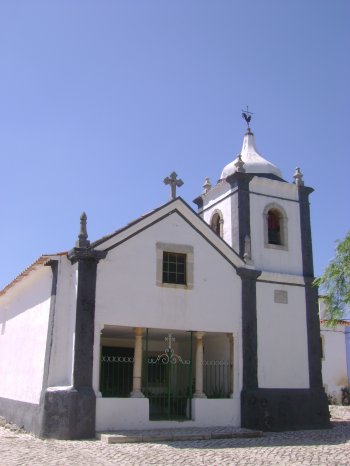
Capela de Santo Amaro da Sancheira Pequena
- heritage
Beco da Igreja, 4
2510, Sancheira Pequena
Chapel of longitudinal plant, consisting of a single nave, a chancel and a vestry. It was built in the 19th century by order of the family that owns the farm of Rashidi, existing in the vicinity.
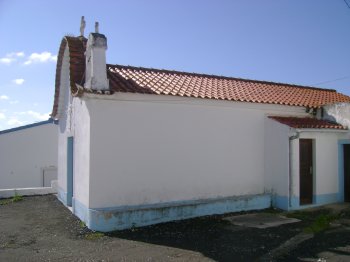
Antigo Convento de Jesus, Maria e José
- heritage
Rua Dom João de Ornelas
2510-074, Vila de Óbidos
Conjunto composto pelo corpo do convento e uma capela construídos em 1833. Na segunda metade do século XX, o edifício conventual foi adaptado a uma unidade de alojamento.
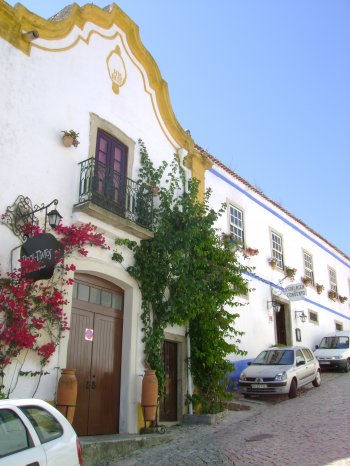
Antiga Capela de São Vicente dos Gafos / Igreja de São João Batista
- heritage
Rua do Cemitério
2510-052, Vila de Óbidos
Renaissance and Baroque church, of longitudinal plant composed of the body of the Church, chancel and vestry. During the second half of the 20th century was used as a mortuary chapel and in 2003 opened here the Parish Museum.
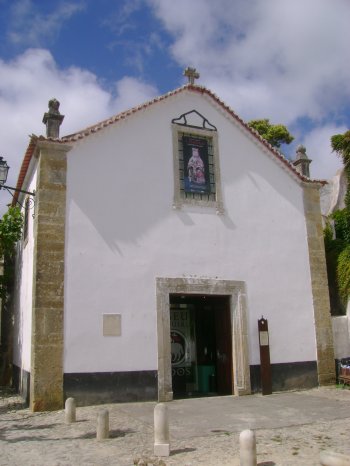
Monumento Funerário de Dom João de Noronha
- heritage
Praça de Santa Maria
2510-002, Vila de Óbidos
This is a Renaissance sculpture ensemble where one can point out the Passion of the Christ symbols sided by the figures of São João and Maria Madalena supported over a tomblike arch. Some authors defend that the silhouette figures initially didn´t make part of the ensemble integrating a primitive sculptures altarpiece from the church.
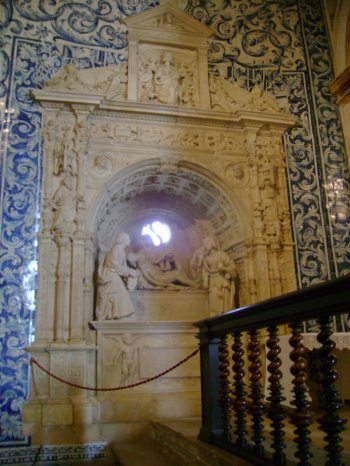
Ermida de Nossa Senhora do Amparo
- heritage
Rua Principal das Ladeiras
2510, Serra d'El Rei
Baroque church dating from the 16TH century, consisting of a single nave, a chancel and a heavy galilé. In the 18th century were reconstructed the vain, the sacristy and chancel.
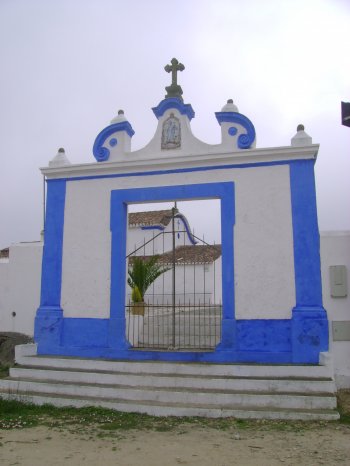
Chafariz de Dom João V
- heritage
Largo do Santuário
2510, Óbidos
Fountain of backrest with a rectangular tank, to denote a Rococo architecture. It was built in 1742\/49 thanks the alms of the faithful and the donations of Dom João V.
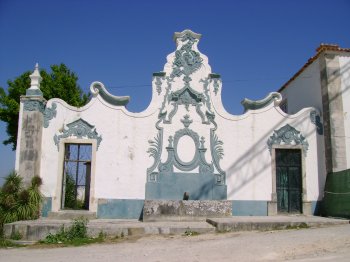
Chafariz da Biquinha
- heritage
Rua da Biquinha
2510, Vila de Óbidos
Fountain of backrest, probably built in 1856 on the spot where once existed a source of Dom Afonso Henriques. Stands a small water cooler adossado and the Royal arms in the backrest.
